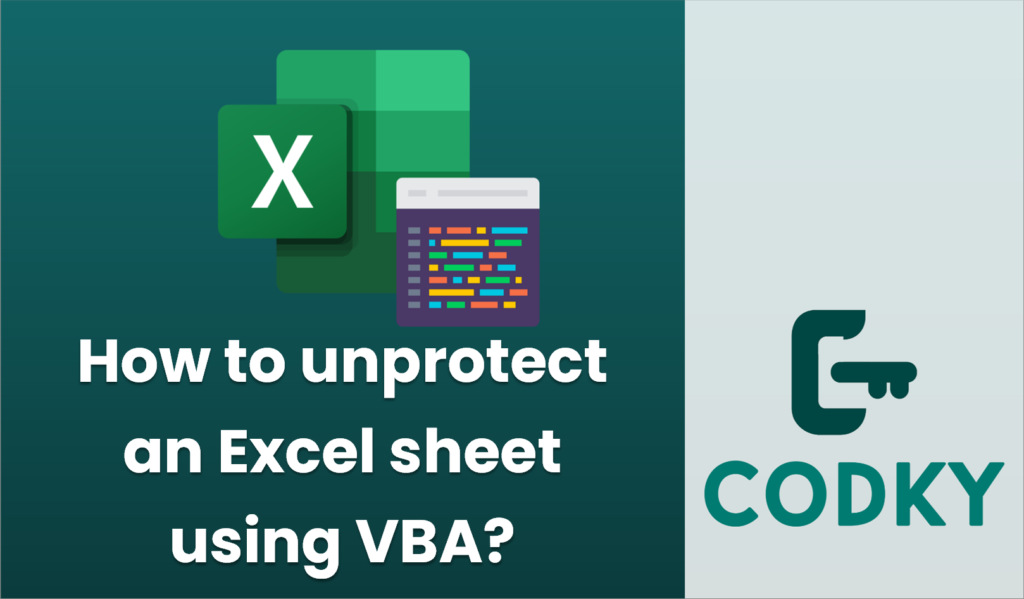How to loop through all sheets in an Excel workbook using VBA?
To loop through all sheets in an Excel workbook using VBA Visual Basic for Applications you can use the Worksheets or Sheets collection in a loop This allows you to perform operations on each sheet within the workbook Below is a basic example that demonstrates how you can do this













